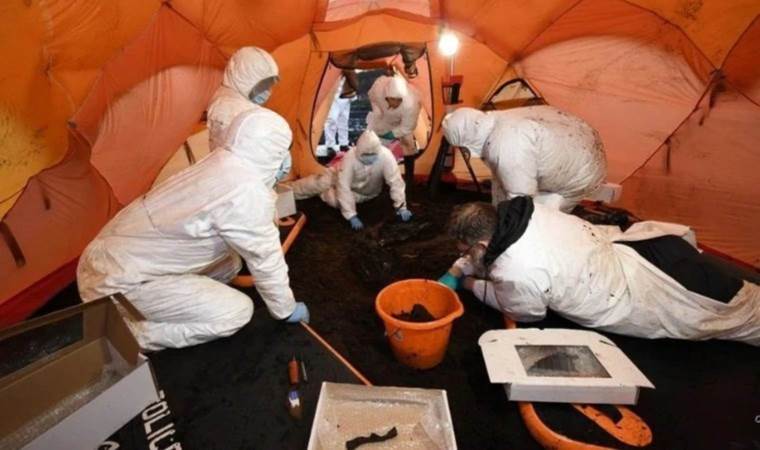Striking discovery in a bog: '2,500-year-old' mysterious body
A remarkable archaeological find has emerged following the discovery of the remains of a "skinned" child in a bog in Northern Ireland.

The remains, estimated to be between 2,000 and 2,500 years old, were unusually well-preserved. Pinkish skin fragments and nails were still attached to the skeleton.
Radiocarbon dating by experts from Queen's University Belfast determined that the remains, found in a bog near Bellaghy in Co Derry, belonged to a young child.
Police initially encountered human bones on the surface of the peatland in Bellaghy last October. According to a report by Belfast Live, initial examinations could not determine whether the remains were new or old.
Forensic geologist Dr. Alistair Ruffell from Queen's University commented:
"Any human remains, even in a cemetery, if unrecorded, are considered a suspicious death, rightfully so. This is a very complex area, so I was called upon to provide whatever help I could. This does not resemble the bog bodies we have seen in the Dublin Museum. It's a different color. Those individuals are usually dark and stained. This individual was still light, even pinkish. Some of these bodies are quite intact. Some are missing heads, some limbs, but this individual was partially skeletonized yet retained much of its flesh."
The results dated the remains back approximately 2,100 years, placing them in the Iron Age.
Dr. Ruffell added, "The results showed no indication of other human remains. The remains were discovered about a meter below the current soil surface, which fits with the radiocarbon estimates. Also, their placement among a cluster of fossilized tree remains suggests that the body might have died or been buried in a bush or wooded area, or been carried by a current."
Detective Inspector Nikki Deehan stated:
"In the initial examination, we couldn't be sure if the remains were ancient or the result of a more recent death, so we continued to excavate the body with sensitive and professional forensic assessments. This approach also ensured that any DNA evidence was secured for a potential criminal investigation. Ultimately, no such situation arose in this case."
